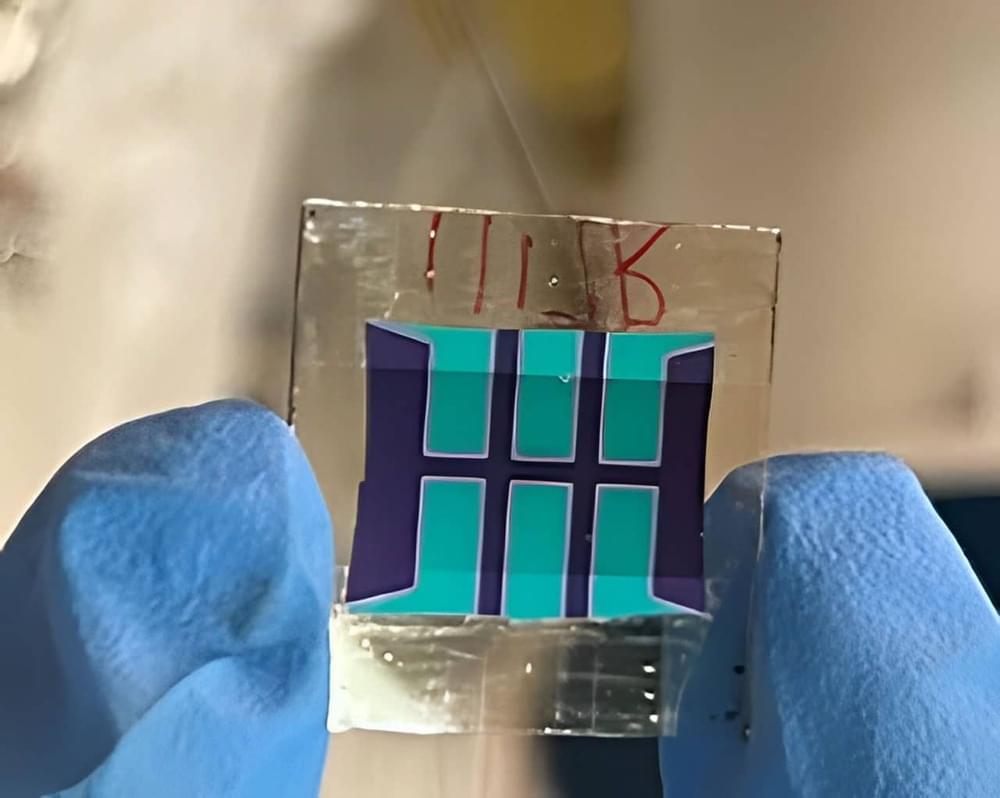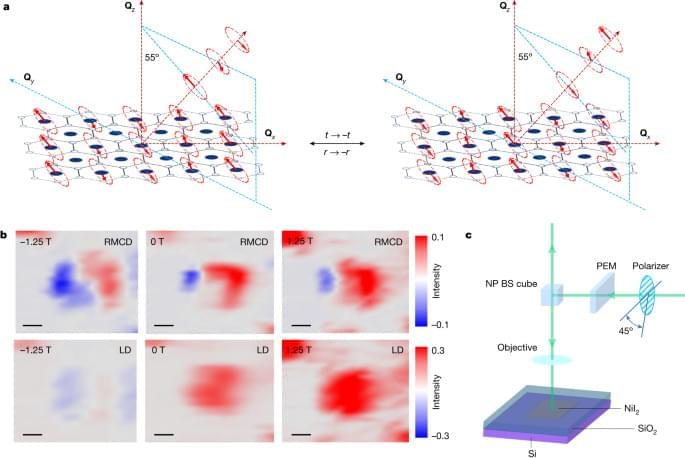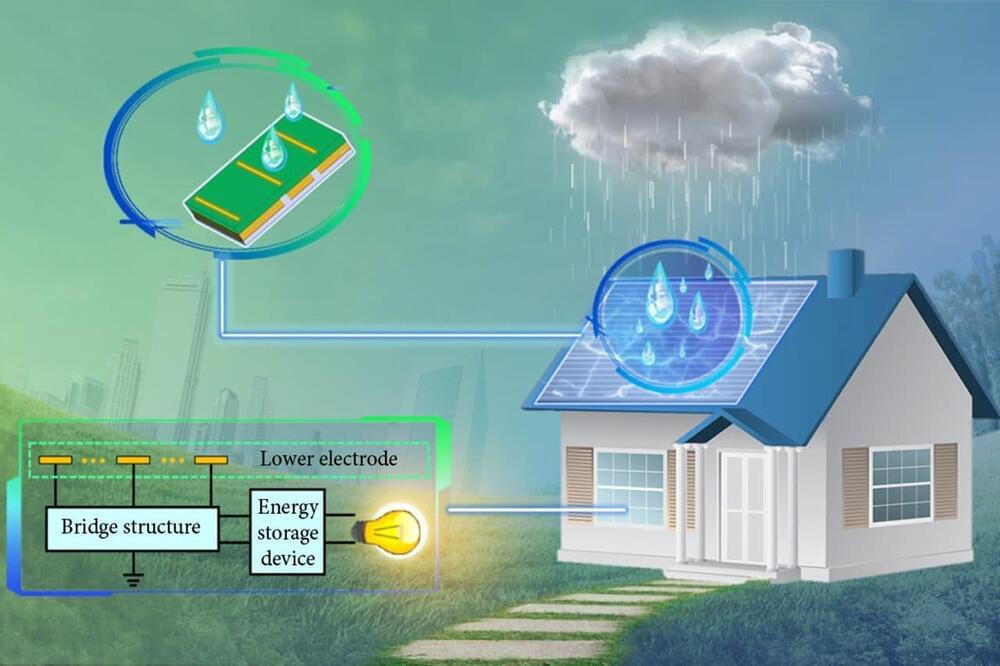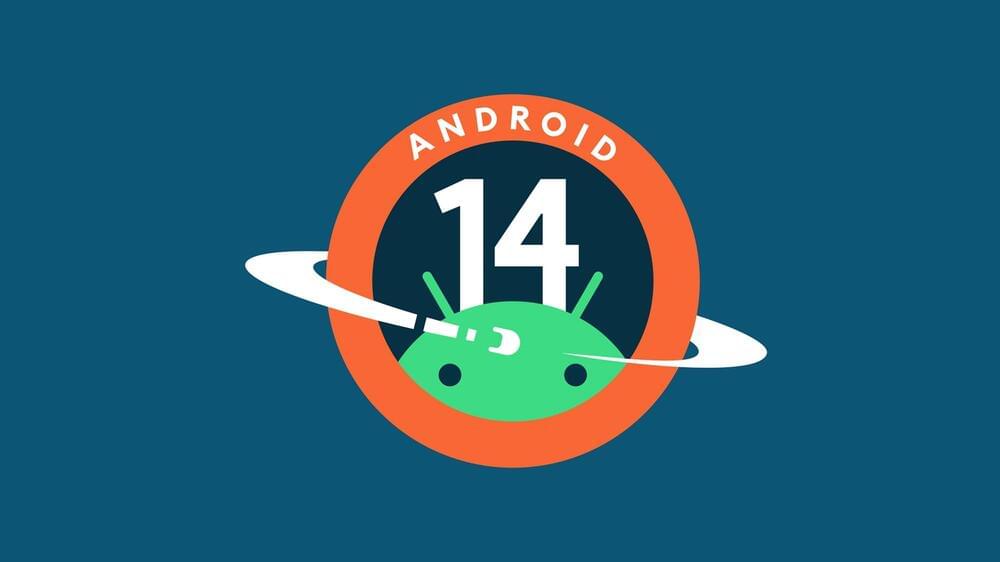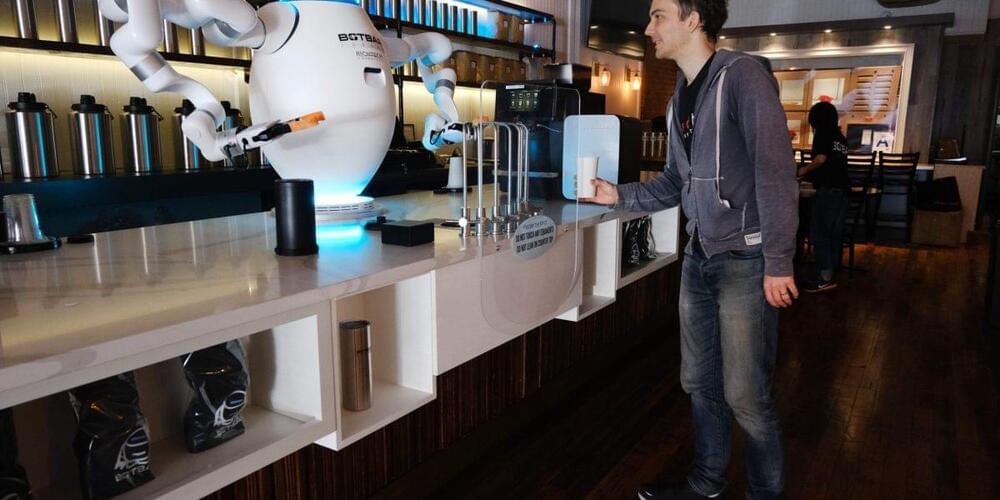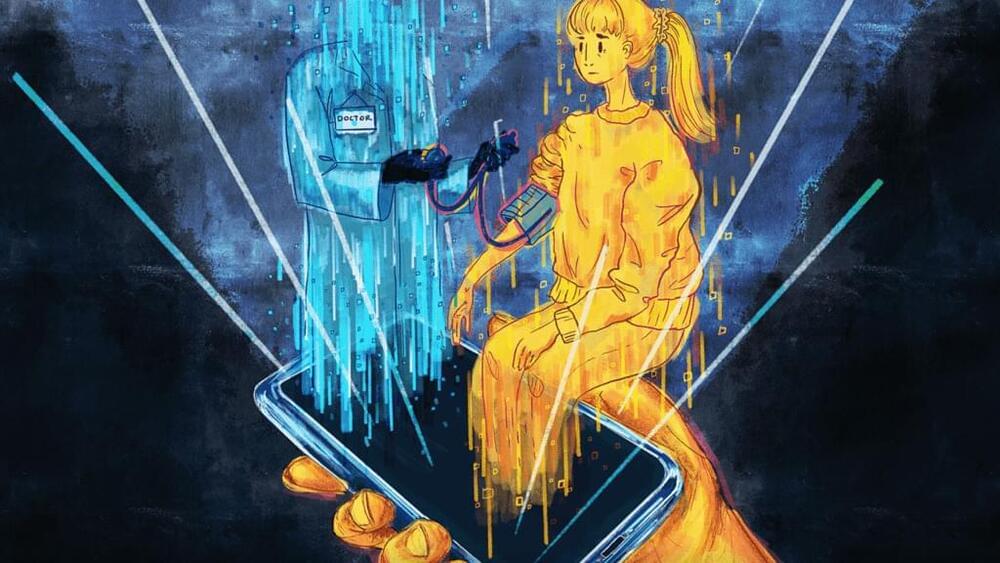What happens when humans begin combining biology with technology, harnessing the power to recode life itself.
What does the future of biotechnology look like? How will humans program biology to create organ farm technology and bio-robots. And what happens when companies begin investing in advanced bio-printing, artificial wombs, and cybernetic prosthetic limbs.
Other topic include: bioengineered food and farming, bio-printing in space, new age living bioarchitecture (eco concrete inspired by coral reefs), bioengineered bioluminescence, cyberpunks and biopunks who experiment underground — creating new age food and pets, the future of bionics, corporations owning bionic limbs, the multi-trillion dollar industry of bio-robots, and bioengineered humans with super powers (Neo-Humans).
As well as the future of biomedical engineering, biochemistry, and biodiversity.
_______
Created by: Jacob.
Narration by: Alexander Masters (www.alexander-masters.com)
Modern Science Fiction.
